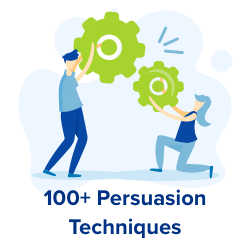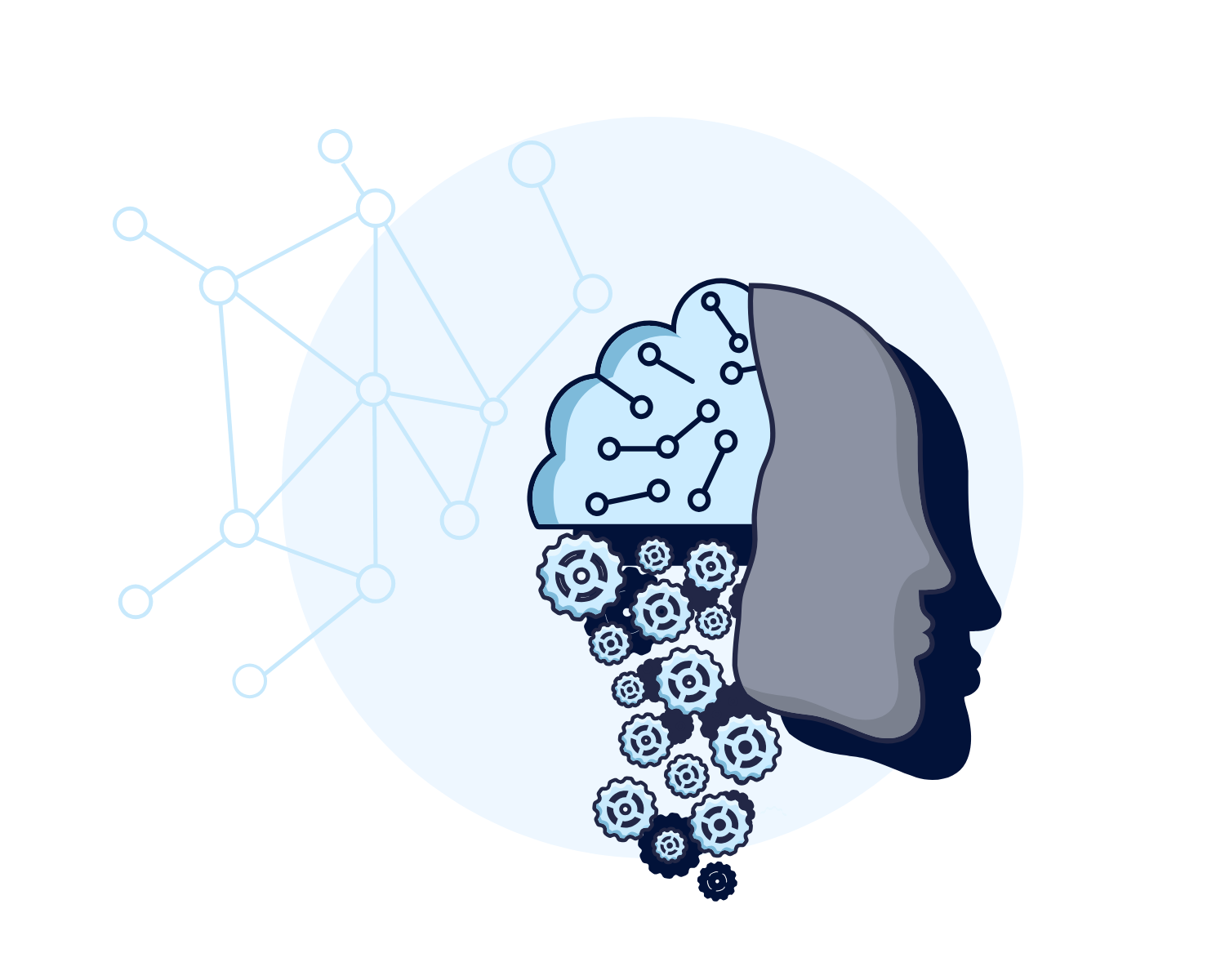3 psychological principles that transform Uber’s client experience
Since it started in 2009, Uber has gradually become a global force, operating in 70 countries and more than 400 cities. The Californian company grows by 40 million active users each month. The keys to their success are well known: disruption of the taxi monopoly, digital service, and ease of use. Nevertheless, have you ever asked yourself if the reason you’re drawn to Uber is really down to your own free will or is it actually down to the influence of particularly effective marketing tactics?
Nobel Prize winner Daniel Kahneman, a pioneer in neuroscience, has proven that 95% of our decisions are irrational. Without even realising, we are all exposed to a number of cognitive biases on a daily basis. A cognitive bias is a thought mechanism that influences our judgements. Our brain interprets the world around us by simplifying it and creating shortcuts, prejudices and categorisations. Cognitive biases modify our perception of the world, influencing us to make certain, perhaps irrational, decisions. Like a number of other growing companies throughout the world, Uber has profited from such cognitive biases to build its success.
Curious to know how? We’re going to look at three cognitive biases and the way in which Uber has utilised them in this article. You’ll soon see that those things you might have thought natural with Uber are in fact the result of meticulous personalisation and optimisation strategies.
1. Uber skillfully makes use of Reference Pricing
Reference Pricing refers to the way in which we evaluate the fair price of a product or service by comparing it with other pricing structures we have available to us (competitor prices, or similar products previously purchased, etc.).
In this case, an Uber ride will be compared to a taxi ride. Many of Uber’s users previously preferred to use the less expensive option of public transport. Uber disrupted this behaviour by offering prices that are upto twice as cheap as taxis. As a result, however rational someone is, they’re now thinking: “by taking an Uber, I’m saving 50% on a taxi ride”. The impression this bias is giving you is that you’re “saving money” by taking an Uber rather than a taxi. In doing this though, you’re forgetting to compare the cost of an Uber with that of a bus or tube journey. So in addition to pinching regular taxi clientele, Uber has also managed to skilfully use reference pricing to bring itself a whole new clientele, who would generally have used public transport before.
2. Uber successfully uses the Having vs. Using Effect
The Having vs. Using Effect describes our tendency to be willing to pay more for products that offer more functions, generally because we overestimate the amount we will actually make use of these functions. When it started, Uber distinguished itself by offering much lower rates than taxis or other private car companies. However, the increase in journeys taken, driver fees, and fares during peak times has gradually reduced this advantage.
At the same time, Uber has multiplied the “functions” or benefits offered in order to take advantage of the Having vs. Using Effect. Uber has gradually become more expensive but it seems justified: bottles of water, mints, your driver rushing to open your door and the music of your choice are all on offer. However, do you frequently use these options?
Moreover, Uber offers other “free” functions that exploit another of our cognitive biases: the Information Bias, which characterises our tendency to feel happier in our choices when we have a lot of information available to us, even if in reality it is mostly unnecessary or even useless information. For example, we all like to check our phone frequently to keep tabs of how far away our driver is, thanks to the geolocation feature Uber offers, even though this isn’t going to make them arrive any faster.
Although these types of features are admittedly pleasant, most people would not pay for them if they were optional. Paradoxically, they are the very things that will often convince you to take an Uber over a traditional taxi, or even your usual inexpensive bus!
3. Uber has removed the Pain of Paying
Let’s face it, the moment of paying for something really reduces the pleasure of the purchase. This “Pain of Paying” depends both on the method of payment and the delay between use of the product or service and when it is paid for. When you take a taxi journey, or even use public transport, you have to pay for it then and there. By taking an Uber, you don’t actually have to pay before, during, or even after the journey. Of course, this isn’t because it’s free! Simply because you’re not billed for it until a few hours after the service has been enjoyed. Thanks to this, your brain doesn’t quite connect Uber with the parting of money; this is the one thing above all else that explains their success in my opinion.
So here we’ve had a few insights into some of the biases Uber has used to become so successful. Cognitive biases are highly effective commercial weapons because they are invisible to the inexperienced eye. They can even seem natural to us but are in fact at the forefront of new marketing methods and practices. I believe that the future of marketing lies in the understanding and use of neuroscience, optimisation and personalisation to improve services and make them more attractive to our customers.



